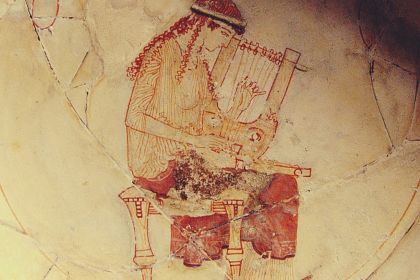SONGWRITER
134340: BTS's cosmic anthem of heartbreak

Love Yourself CD cover
In 2018, the internationally acclaimed South Korean group BTS released their mesmerizing song 134340 as part of their Love Yourself: Tear album. The primary songwriter behind the song was Namjoon, who subsequently shared that its initial title was Call Me. This disclosure has sparked curiosity and added an intriguing element to the mysterious numerical title of the song.
The allure of 134340 stems from its celestial connection, particularly with Pluto once regarded as the ninth planet in our solar system. Following the discovery of various celestial bodies, including Eris, Pluto faced a planetary demotion in 2006. This astronomical revelation prompted the reclassification of Pluto as a dwarf planet accompanied by the assignment of the minor planet number 134340.
The lyrics of 134340 interweave the intricate tapestry of emotions with the cosmic phenomena surrounding Pluto's planetary transition, all expressed in the Korean language. BTS adeptly draws parallels between the speaker's sentiments and astronomical events through masterful craftsmanship. Poetic lines like "My cold heart is at -248 degrees" metaphorically allude to Pluto's orbital period which spans approximately 248 Earth years, using temperature symbolism to emphasize the profound emotional detachment experienced after heartbreak.
Moreover, 134340 ventures deeper into the astral realm by exploring the significance of Eris, the celestial entity responsible for Pluto's reclassification. Eris not only altered humanity's scientific understanding of our solar system but also carries mythological weight as the embodiment of the goddess of discord in Greek mythology. This infusion of Eris as a metaphor adds an additional layer of dramatic intensity to the song's lyrics.
Listen to 134340 by BTS:
Compositionally, 134340 can be attributed to the Lydian major mode. In the harmonic analysis of the chord chains accompanying the song, the scale degrees (denoted with Roman numerals) show the following progression in the D Lydian: D–E–D or I–II–I. The progression reveals the looping II–I plagal cadence performed with supertonic and tonic chords.



